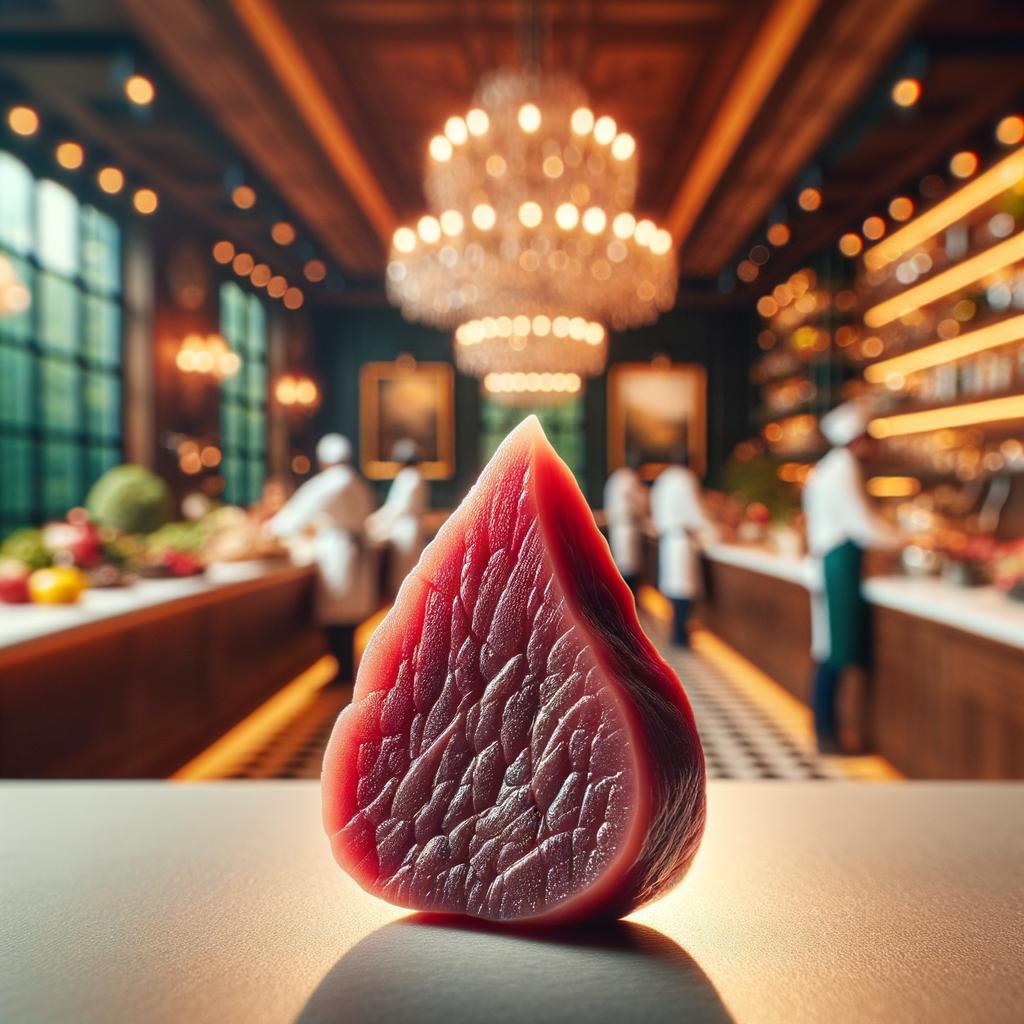Pork Blood

Description
Pork blood, an ingredient that may raise a few eyebrows, is a culinary delight in many cultures around the world. It is a dark, almost black liquid that solidifies when cooked, taking on a jelly-like consistency. Its flavor is mild, almost neutral, but it carries a distinct metallic undertone, a characteristic of most blood-based ingredients. What sets pork blood apart from other animal blood is its smooth texture and ability to absorb flavors, making it a versatile ingredient in a variety of dishes.
Primary Uses
In cooking, pork blood is commonly used in sausages, puddings, and soups. It's a staple in many Asian cuisines, notably in dishes like Filipino dinuguan, Thai boat noodle soup, and Chinese blood tofu. In European cuisines, it's a key ingredient in the traditional English black pudding and the French boudin noir. Beyond its culinary uses, pork blood is also used in some cultures for ritual purposes, symbolizing life and vitality.
History
The use of pork blood dates back to ancient times when it was crucial to use every part of the animal to avoid waste. The Romans, for instance, were known to use animal blood in their cooking, a tradition that has carried over to modern Italian cuisine. In the Middle Ages, pork blood was a common ingredient in many dishes, as it was an economical way to add nutrition to the diet. Over time, its use has evolved, and today it's celebrated as a delicacy in many parts of the world. An intriguing myth associated with pork blood is the ancient belief that consuming it can imbue a person with the strength and vitality of a pig.
Nutritional Information
Nutritionally, pork blood is a powerhouse of protein and is rich in iron, a nutrient essential for maintaining healthy red blood cells. It also contains a good amount of Vitamin D and other minerals like zinc and copper. Despite its high nutritional value, it should be consumed in moderation due to its high cholesterol content. Compared to other types of animal blood, pork blood has a slightly higher fat content, but its rich iron and protein content make it a valuable addition to a balanced diet. The story of pork blood is a testament to the resourcefulness of our culinary ancestors, turning a seemingly unappealing ingredient into a nourishing and flavorful culinary treasure.

